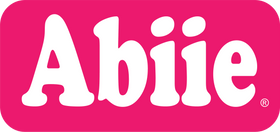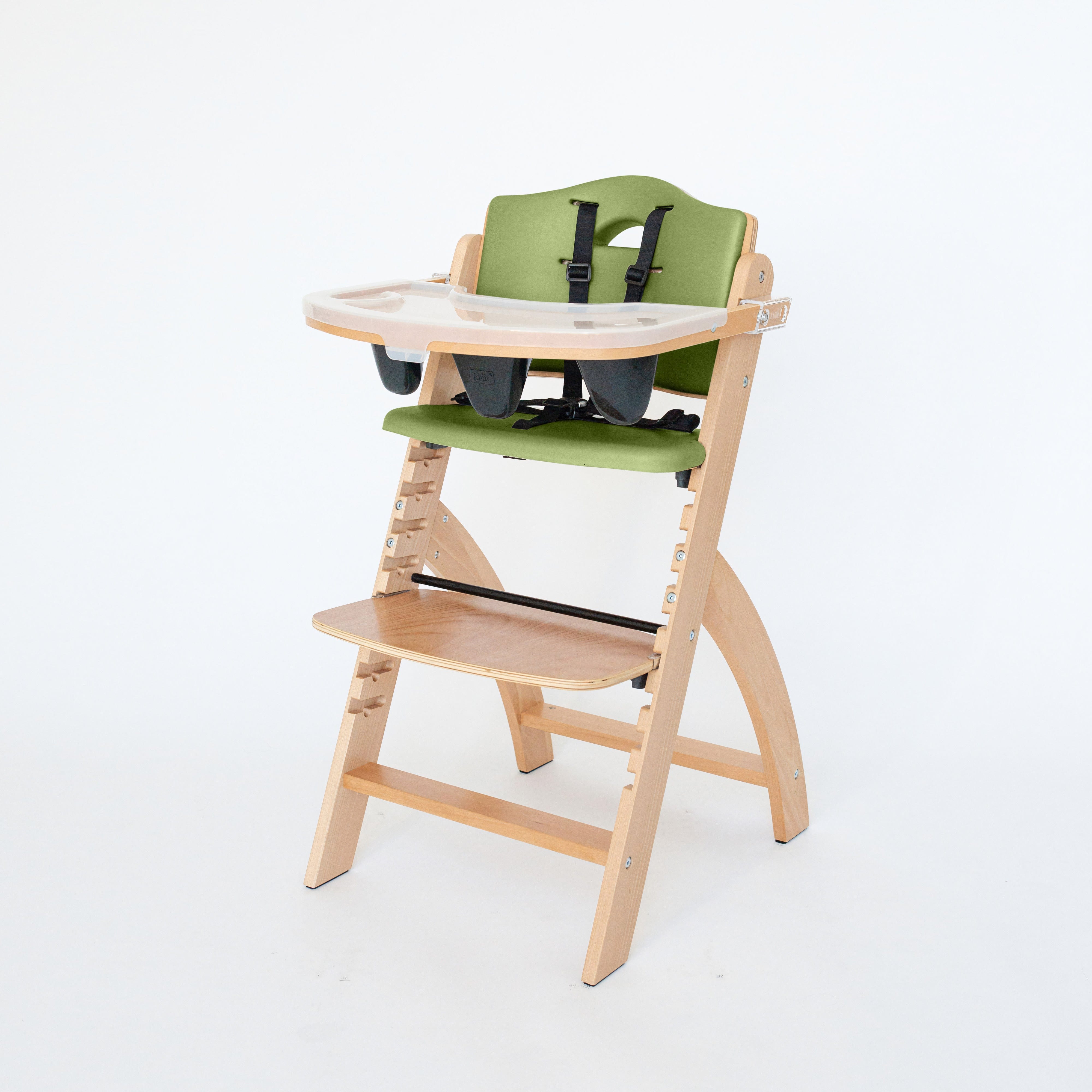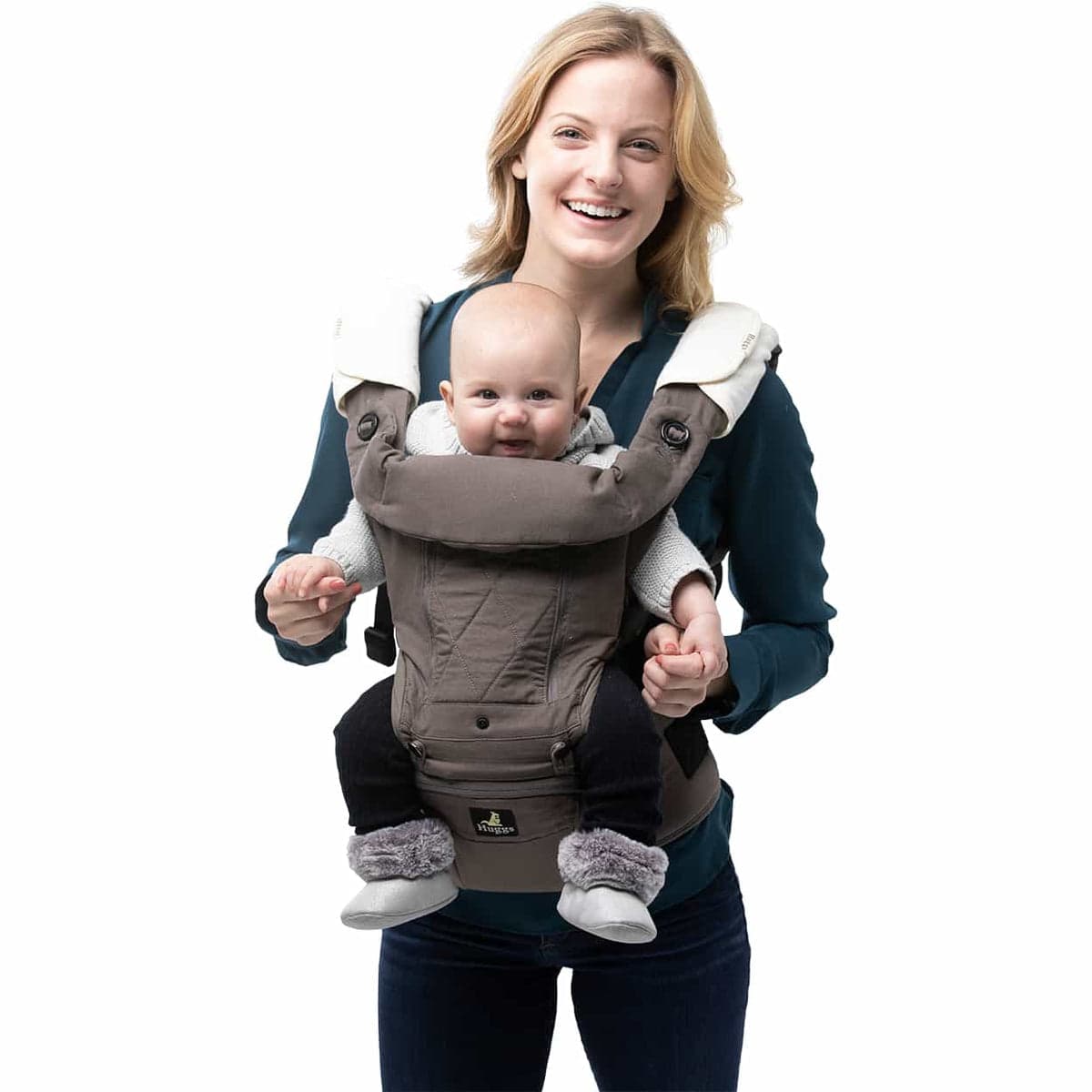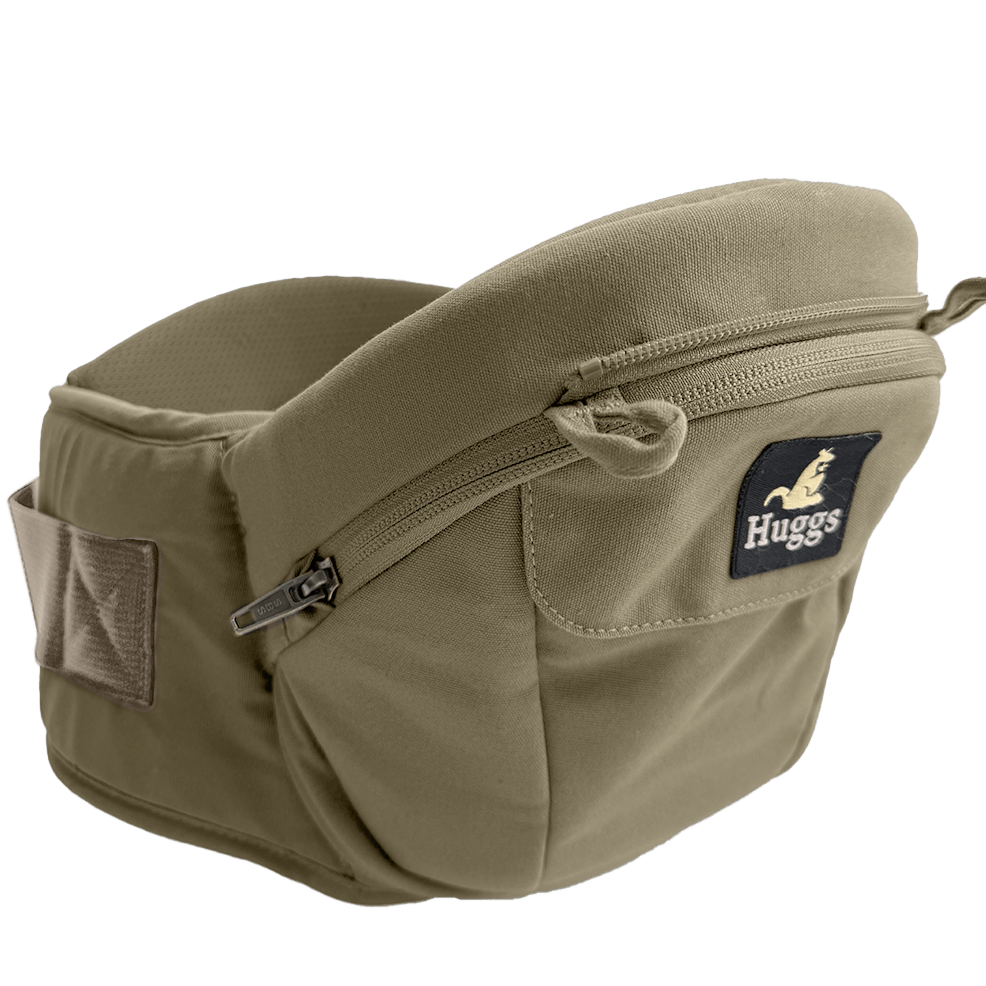Best Baby Carrier: What to Look for in Your Baby Carrier in 2023
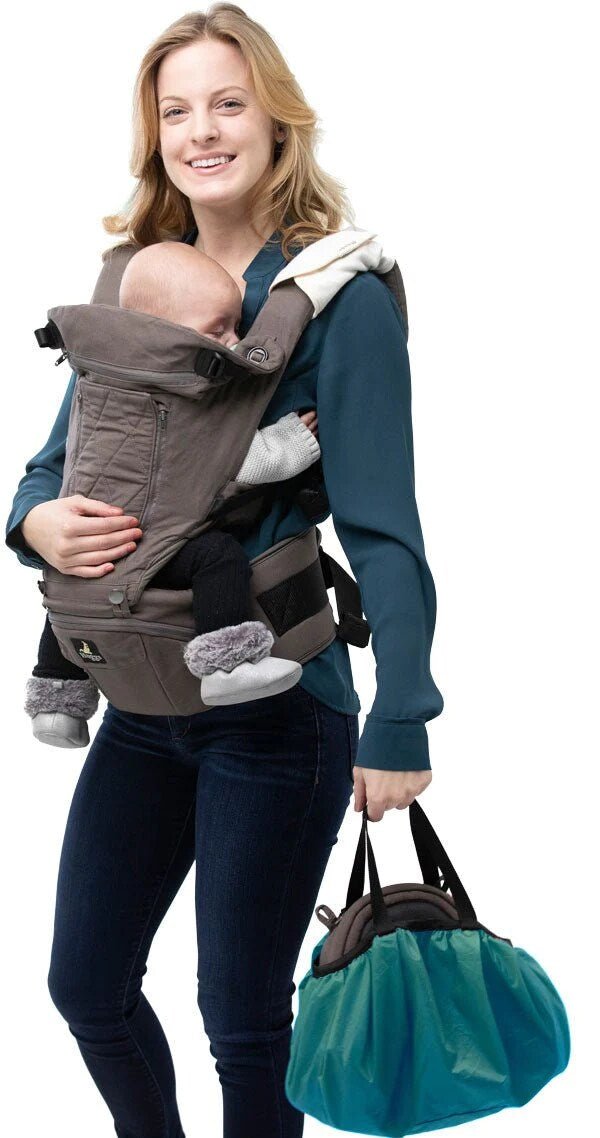
You and your little one, aka your newest best friend, have a lot of plans this summer: a hiking trip in the mountains, long-ish walks on the beach, and a slew of parades and festivities. Problem is, she can’t walk—at least not yet. Fortunately, all she needs is a top-tier baby carrier to make memories right along with you.
The question is, what exactly is the best baby carrier for a newborn?
The reality is that not all types of baby carriers are created equal. For this reason, it’s paramount you look at all of a prospective carrier’s features to make sure it is the right fit (pardon the pun) for you and your baby. Here’s a rundown on how to choose the best baby carrier for a newborn in 2023.
THE BEST BABY CARRIER FOR A NEWBORN OFFERS HIP PROTECTION
The best baby carrier for a newborn is one created with your little one’s hip in mind.
Choose a baby carrier that mirrors a fanny pack, wrapping around the parent’s waist. The carrier should sit above the hips and feature a comfortable shelf-like infant seat for Baby. You can simply use your arm to stabilize your little one while they sit.
This type of seat encourages children’s hips and legs to be in the right position: the “M” position. When your child’s thighs spread around your torso, their hips should be angled in a way that allows their knees to rest slightly above their bottom. The carrier will support their hips and thighs. From the left to the right — from your child’s left foot to their knee, tailbone, opposite knee, and opposite foot — their legs, hip area, and bottom create the “M” shape. Pediatricians recommend this position to prevent baby hip dysplasia.
MULTIPLE CARRYING POSITIONS
Look for a carrier that also offers multiple carrying positions designed to provide excellent ergonomics in all carrying modes. The best types of baby carriers feature both hip carry and full carry modes. With full carry, you can use the entire carrier to do front-inward carry (three to 24 months old), front-outward carry (six to 18 months old), back carry (six to 48 months old), and crisscross carry (six to 48 months old). With hip carry, you can use the carrier’s hip seat to do front-inward carry (three to 36 months old) and front-outward carry (six to 36 months old). Your child should be able to sit in each mode in a comfortable and healthy way for hours on end.
All babies and parents are unique, so it’s critical you choose an adaptable baby carrier. Ideally, the carrier you choose for your growing, busy family should last past your child’s infant stage. This will allow your small child to continue bonding with you in a special, unforgettable way during their formative years.
BACK SUPPORT
The best types of baby carriers for a newborn will also protect your back on the longest expeditions with your baby. Specifically, look for a carrier with a waistband and padded shoulder straps, which will help distribute your child’s weight evenly. When your child’s weight is distributed in a balanced way, this will alleviate pressure on your shoulders and back, maximizing your comfort.

SAFETY
Search for baby carriers that were also created with your little one’s safety at the forefront. For instance, the best types of baby carriers for newborns comply with industry standards like HR 4040, an act focused on improving consumer products’ safety. These carriers also meet ASTM F2236, a consumer safety standard for soft toddler and infant carriers.
Your desired baby carrier should additionally feature no hazardous substances or chemicals, such as latex, PVC, phthalate, BPA, or lead. Finally, check to see if the carrier has undergone any independent lab safety tests, such as chemical safety, restraint system, stability, static load, pull, drop, tension, and torque tests.
COOLNESS AND COMFORT
As you hit the road for the summer, make sure your little one’s carrier is also as breathable as possible. The best baby carrier for a newborn features a cotton lining and polyester padding that can easily be machine-washed using mild detergent and your washer’s gentle cycle. It also includes a center panel you can fold down to uncover breathable three-dimensional mesh. The panel can be kept down when the weather is hot for perfect temperature and moisture control.
Ideally, your baby carrier should also feature a comfortable sleeping hood to support your child’s head when she is nursing or sleeping. An adjustable hood is also perfect for shielding your little one from the elements. The hood will give them privacy, too.

STRAPS AND BELTS IN THE RIGHT PLACES
Finally, look for types of baby carriers with sturdy straps and belts.
A carrier crisscross strap that goes across your back will support your back during long trips. This strap is especially fitting for a petite user.
A hip belt is another must-have baby carrier feature. This belt will help you easily transition your child out of their carrier even when they’re sleeping. A well-designed carrier will also be easy on your back and waist, providing you with comfort from morning to nightfall.
TAKE ADVANTAGE OF ABIIE’S HUGGS® BABY CARRIER TODAY!
At Abiie®, we’re proud to offer the best baby carrier for a newborn: The Huggs® Baby Carrier, which features our patented HIPBELT hip seat design. This carrier stands out for its ergonomic design, which prevents hip dysplasia and provides comfort for the back and waist. The International Hip Dysplasia Institution has certified this winning device due to its ability to preserve the hip’s health.
Our carrier also offers a variety of convenient carrying positions; for instance, you can transform it from a baby carrier to a hip seat. The carrier’s aesthetically pleasing design is another reason why trendy parents have fallen in love with this supporting device.
Contact Abiie® for more information about our Huggs® Baby Carrier, and order one to upgrade your child-carrying experience today!

 US
US
 Canada
Canada
 Japan
Japan
 European Union
European Union
 Taiwan
Taiwan
 Malaysia
Malaysia
 Singapore
Singapore
